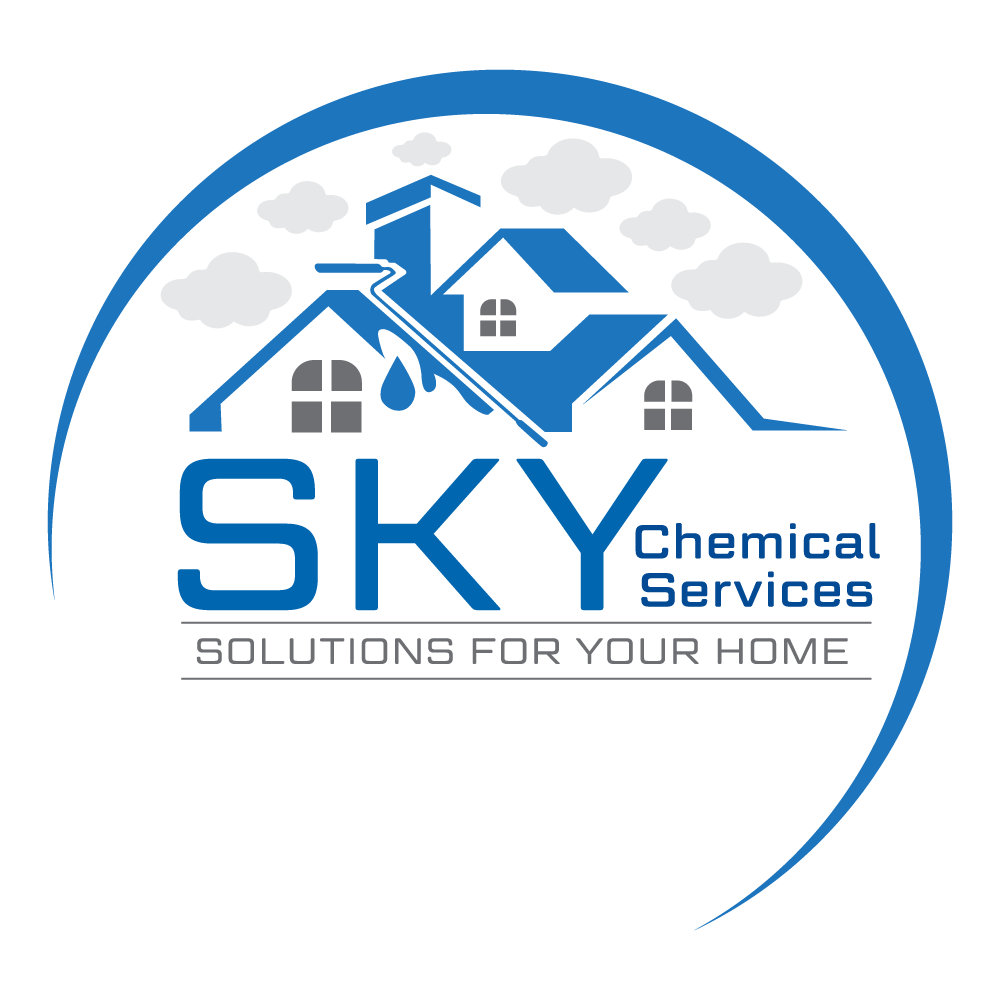Styrofoam, a brand of expanded polystyrene (EPS), is widely used for insulation in buildings due to its excellent thermal properties, light weight, and cost-effectiveness. But how exactly does Styrofoam insulation work in buildings? Let’s dive into the details.
Thermal Insulation Properties
It is believed that Styrofoam is made up of 98 % air while the rest 2% of it is plastic. This composition make it to have low thermal conductivity that is, it offers better insulation to the heat. This is because trapped air within the foam has a tendency of reducing transfer of heat hence insulating the inside environment. Therefore, Styrofoam is used for thermal insulation and energy conserve in building construction and other related sectors.
Installation Methods
Styrofoam insulation can be used in various parts of a building, such as walls, roofs, and foundations. Available in rigid boards or panels, it can be easily trimmed and installed. These panels are typically placed between wall studs, on roofs, or floors. When used in construction, Styrofoam panels are fixed with adhesives or mechanical fasteners, and the joints are sealed with tape or foam sealant to prevent air leakage.
Benefits of Styrofoam Insulation
Energy Efficiency:
Relative to the energy used in heating or cooling buildings, Styrofoam insulation lowers the overall heat transfer rate. This results in a large number of utility bills savings in energy and coefficients decreases in the indicator of building’s carbon.
Moisture Resistance:
It is also important to know that Styrofoam is relatively water proof therefore, it can be used in areas such as basements or foundations. It is also a non-absorbent foam that will not trap water hence not suitable for the growth of mold and mildew.
Durability:
Styrofoam insulation is strong and awesomely built to last for many years. It does not deteriorate over time; this means that it will continue to provide efficient insulation for the structure of the building.
Lightweight and Easy to Handle:
Styrofoam is light in weight and thus, its transportation and installation is so easy thus cutting down the cost of labor and installation time.
Environmental Considerations
However, like all items that possess the characteristics of an insulation material, Styrofoam has its fair share of issues that relate to the environment. Styrofoams does not decompose, new products are sometimes created as single-use containers, and they create landfill waste if not recycled. But there are attempts to refine methods of utilization of such materials and create technologies of garbage recycling.
Conclusion
Hence, Styrofoam insulation effectively reduces heat, light, and moisture transfer in buildings. Its lightweight, strength, and affordability make it highly popular among builders and homeowners. However, considering environmental impacts, it’s important to balance its benefits with exploring other insulation options. For expert advice and alternative solutions, consult Sky Chemical Services to ensure the best choice for your building’s insulation needs.
